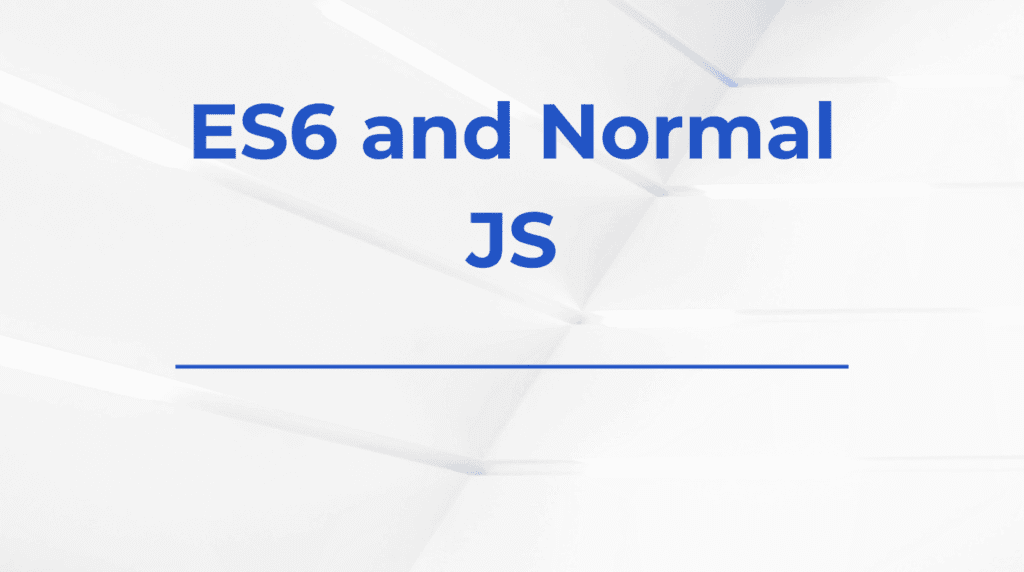When working with databases, retrieving only the necessary data is crucial for performance. Fetching thousands of rows unnecessarily can slow down your application and overwhelm users. SQL provides three powerful clauses to control result sets: LIMIT, TOP, and FETCH. In this comprehensive guide, we’ll explore each method in depth, compare their usage across database systems, and provide practical examples to help you optimize your queries.
Why Limiting Query Results is Essential for Performance
Database performance takes a significant hit when queries return more data than needed. Consider these real-world scenarios:
- A social media feed showing only the 20 most recent posts instead of every post ever made
- An e-commerce site displaying 50 products per page rather than loading the entire catalog
- A reporting tool showing summarized data instead of raw records
Benefits of proper result set control:
- Faster query execution: Smaller result sets process quicker
- Reduced network traffic: Less data transferred between database and application
- Lower memory usage: Applications handle smaller datasets more efficiently
- Improved user experience: Responsive interfaces with quick-loading data
As highlighted in our guide on SQL SELECT Statement: Retrieving Data Correctly, proper query construction is fundamental to database performance.
SQL LIMIT
The LIMIT clause is the most widely used method for restricting rows in MySQL, PostgreSQL, and SQLite. Its simple syntax makes it approachable for beginners while remaining powerful enough for complex queries.
Basic LIMIT Syntax
SELECT column1, column2
FROM table_name
LIMIT number_of_rows;Practical Example: Top Performers Report
SELECT employee_name, sales_amount
FROM sales_records
ORDER BY sales_amount DESC
LIMIT 10; -- Gets the top 10 salespeopleThis query demonstrates how LIMIT helps create focused reports showing only the most relevant data.
Advanced Pagination with LIMIT and OFFSET
For implementing pagination in applications, combine LIMIT with OFFSET:
SELECT product_id, product_name
FROM products
ORDER BY date_added
LIMIT 20 OFFSET 40; -- Gets rows 41-60 (third page)PostgreSQL offers an alternative syntax that some find more readable:
LIMIT 20 OFFSET 40
-- Equivalent to MySQL's:
LIMIT 40, 20SQL TOP
Microsoft’s SQL Server and MS Access use the TOP clause instead of LIMIT. While functionally similar, its syntax differs significantly.
Basic TOP Syntax
SELECT TOP number_of_rows column1, column2
FROM table_name;Real-World Example
SELECT TOP 5 order_id, customer_name, order_date
FROM orders
ORDER BY order_date DESC;This query efficiently powers a dashboard widget showing the most recent orders.
Percentage-Based Results with TOP
A unique feature of TOP is its ability to return percentage-based results:
SELECT TOP 10 PERCENT product_name, price
FROM products
ORDER BY price DESC; -- Most expensive 10% of productsThis capability is particularly useful for statistical sampling and analysis.
SQL FETCH
The FETCH clause is part of the ANSI SQL standard, offering a more standardized way to limit results that works across PostgreSQL, Oracle, and DB2.
Standard-Compliant Syntax
SELECT column1, column2
FROM table_name
OFFSET start_row ROWS
FETCH NEXT number_of_rows ROWS ONLY;SELECT customer_id, purchase_history
FROM enterprise_customers
ORDER BY lifetime_value DESC
OFFSET 100 ROWS
FETCH NEXT 25 ROWS ONLY;This approach is ideal for applications requiring precise control over large dataset navigation.
Performance Deep Dive
Understanding how these clauses impact database performance is crucial for optimization.
Index Utilization
All three methods benefit significantly from proper indexing. As covered in our article on Rails Performance Testing with RSpec, proper indexing strategies are essential for query optimization.
-- Without index (slow)
SELECT * FROM large_table ORDER BY unindexed_column LIMIT 10;
-- With index (fast)
SELECT * FROM large_table ORDER BY indexed_column LIMIT 10;The OFFSET Performance Trap
Large OFFSET values can cause performance issues:
SELECT * FROM users ORDER BY id LIMIT 10 OFFSET 1000000;For better performance with large offsets, consider:
- Keyset pagination (using WHERE clauses)
- Materialized views
- Caching strategies
Our guide on Ruby on Rails Find Performance Optimization explores similar database optimization concepts.
Cross-Database Comparison
| Feature | LIMIT | TOP | FETCH |
|---|---|---|---|
| Syntax | LIMIT 5 | TOP 5 | FETCH NEXT 5 ROWS |
| Pagination | LIMIT 5 OFFSET 10 | Requires subqueries | OFFSET 10 FETCH 5 |
| Standards | Not ANSI | Not ANSI | ANSI SQL Compliant |
| DB Support | MySQL, PostgreSQL | SQL Server, Access | PostgreSQL, Oracle |
Pro Tips and Best Practices
- Always use ORDER BY with limiting clauses to ensure predictable results
- Combine with WHERE to filter before limiting
- Consider materialized views for complex queries with limits
- Test with realistic data volumes to catch performance issues early
For more database optimization techniques, see our article on Why Use PostgreSQL GIN Index in Rails.
Common Pitfalls to Avoid
- Assuming ordered results without ORDER BY
Without explicit sorting, databases may return rows in any order. - Overusing OFFSET for deep pagination
As shown in our Algorithm for Selection Sort in C article, sometimes algorithmic approaches solve performance problems better than brute force. - Ignoring indexing requirements
Always ensure your ORDER BY columns are properly indexed.
Real-World Implementation Examples
E-Commerce Product Listing
-- Get products for page 3 of category view
SELECT product_id, name, price
FROM products
WHERE category_id = 5
ORDER BY popularity_score DESC
LIMIT 20 OFFSET 40;Analytics Dashboard
-- Top performing sales regions
SELECT TOP 5 region_name, total_sales
FROM sales_by_region
WHERE quarter = 'Q2-2024'
ORDER BY total_sales DESC;Log Monitoring System
-- Most recent critical errors
SELECT error_message, timestamp
FROM system_logs
WHERE severity = 'CRITICAL'
ORDER BY timestamp DESC
FETCH FIRST 10 ROWS ONLY;Conclusion
Each result-limiting method has its strengths:
- LIMIT for MySQL/PostgreSQL simplicity
- TOP for SQL Server integration
- FETCH for standards-compliant code
For further reading on database optimization, check out SQL WHERE Clause: Filtering Data with Precision and the official PostgreSQL documentation on LIMIT and FETCH.
By mastering these result-limiting techniques, you’ll create faster, more efficient database applications that scale gracefully with your data needs. Remember to always test your queries with production-like data volumes to ensure optimal performance.









